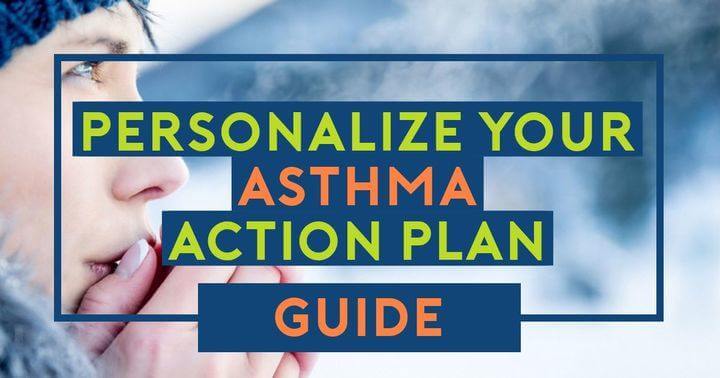Extra Precautions Asthma Sufferers Need to Take During Flu Season
As the winter season moves in, so does the flu and for those with asthma, this can be an exceptionally stressful time of year. If you have asthma, even a minor case of the flu can lead to tightness in the chest and wheeziness.

The flu is a common cause of asthma attacks, and standard asthma medications may not relieve the asthma symptoms that come with it. Though people living with asthma are not more likely to catch the flu, influenza can be more severe for them, even if their symptoms are well-maintained with medication. People living with asthma have sensitive and swollen airways, and the flu can cause more inflammation.
A flu infection in the airways can worsen asthma symptoms and set off asthma attacks. It can also lead to pneumonia and other acute respiratory issues.
There’s no guaranteed way to prevent getting the flu. However, taking measures to avoid becoming ill during the flu season can help. Being proactive during the flu season is essential if you have asthma.
Take these precautionary measures to avoid getting the flu.
Get a Flu Shot
Possibly the most critical step in protecting against influenza is vaccination. Get the actual shot, not the nasal spray vaccine as the spray can produce asthma symptoms.
Even if you don’t have a regular physician, you can get a flu vaccine. They are offered in various locations including pharmacies, health departments, clinics, college health centers, public schools, and sometimes at your place of employment.
Flu vaccines are approved for those six months and older regardless of whether they have asthma. Encourage your family members to get vaccinated too. This will reduce exposure to the virus not only for the one who has asthma but also for everyone else in the household.
Get a Pneumococcal Shot
Pneumonia infections are a dangerous complication of the flu infection and can lead to death. You can usually get a pneumococcal vaccine at the same time you receive your influenza vaccine.
Avoid Those Who are Sick

Germs that produce respiratory infections are effortlessly passed from one person to another. They especially spread quickly in tight spaces. It can be tough to avoid someone who is sick when you are in close quarters such as your household or at your place of employment.
When a sick person sneezes, coughs, or even talks, minuscule drops of mucus hit the air and can spread out up to six feet away. You can end up taking them in through your mouth or nose, so keep your distance.
Be cognizant of your surroundings. People are most contagious when they start having symptoms such as coughing, runny nose, fever, or body aches.
Wash Your Hands Frequently
Washing your hands kills the germs that cause respiratory infections. This is especially important if you’ve been in a crowded area such a shopping area, school, or office where you may have come into contact with someone who has the flu.
Use warm water, lots of soap and rub your hands together for at least 20 seconds. Don’t forget the areas between your fingers, under your nails, on your wrists and slightly up your arm.
Always keep a bottle of hand sanitizer in your car or at your desk.
Don’t Touch Eyes, Nose, or Mouth
Avoid touching your face as these are the points where germs enter the body. If you touch something that a person with the flu virus has coughed or sneezed on, and then you put your fingers near your mouth, nose, or eyes, you’re very likely to get sick too.
Clean and Disinfect Surfaces

Some germs can live on surfaces for up to 24 hours. Most microbes usually only survive up to eight hours. However, some viruses that cause the common cold can survive on surfaces for months.
To stop the spread of germs, clean and disinfect surfaces that are frequently touched at home, school, or work. Focus on areas such as countertops, doorknobs, tables, refrigerators, and faucets. Don’t overlook laptops, phones, remote controls, and computers.
Use a can of Lysol or other disinfecting spray or use disinfecting wipes. A quarter cup of bleach mixed in one gallon of water also works as a disinfectant.
Personalize Your Asthma Action Plan
Create and stick to a winter asthma action plan with your doctor. This is an organized plan that is used to prevent or reduce flare-ups.
Each plan should include what medicines to take, a list of possible triggers, actual symptoms, and when to seek emergency medical care. If you notice the signs of an asthma attack, alter your medications as instructed in your written asthma action plan. You should always have at least one or two fast-acting medicines on hand.
You should also make it a habit of using a peak flow meter. This device will monitor your asthma. Take readings at the same time every day and record them in a diary. If you observe a decrease in the peak flow, alter your medications as directed in your written asthma plan.
Use a home salt therapy device like Salin Plus which releases tiny salt particles and filters the air of other particulates, including dust and allergens to help relieve asthma symptoms.


